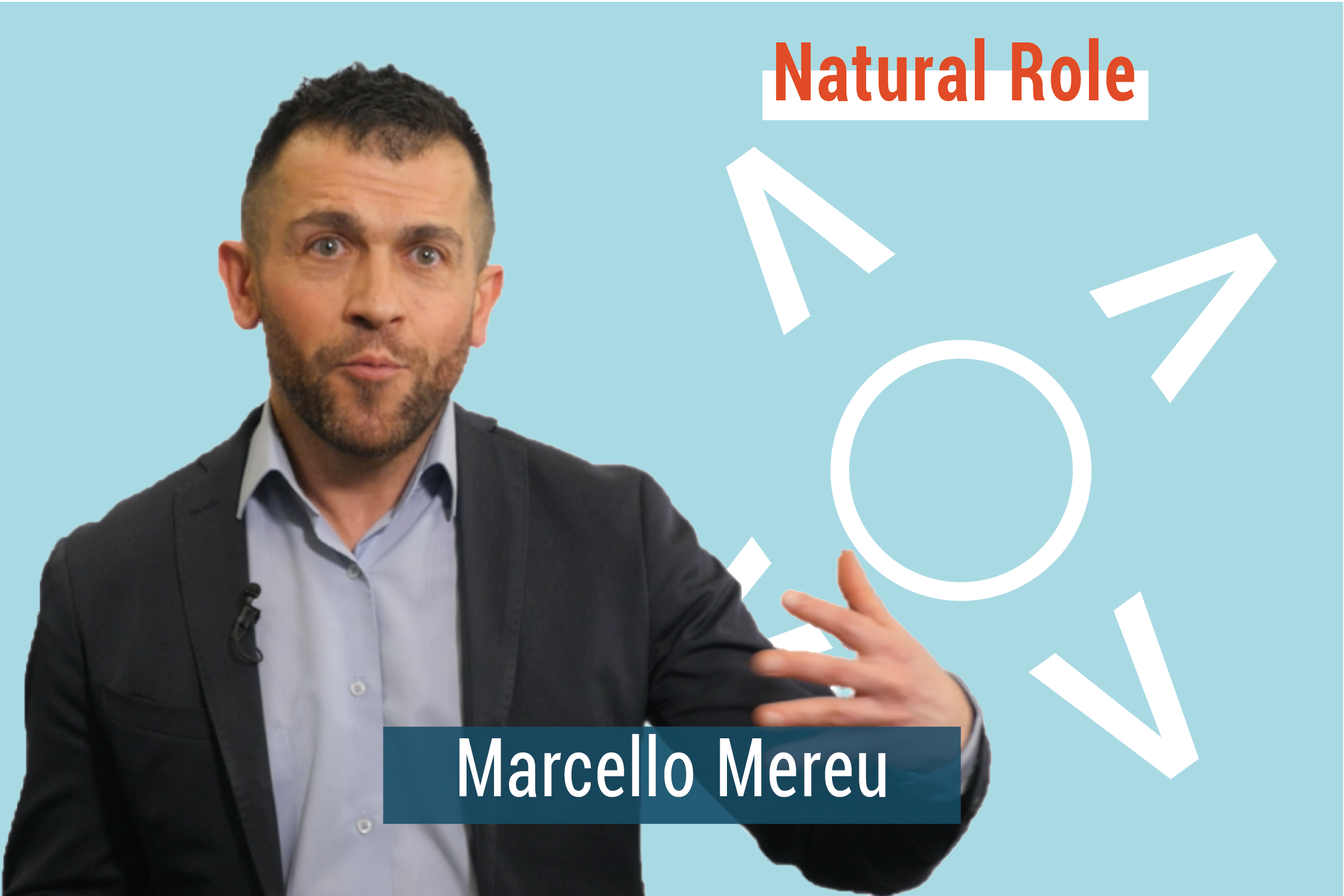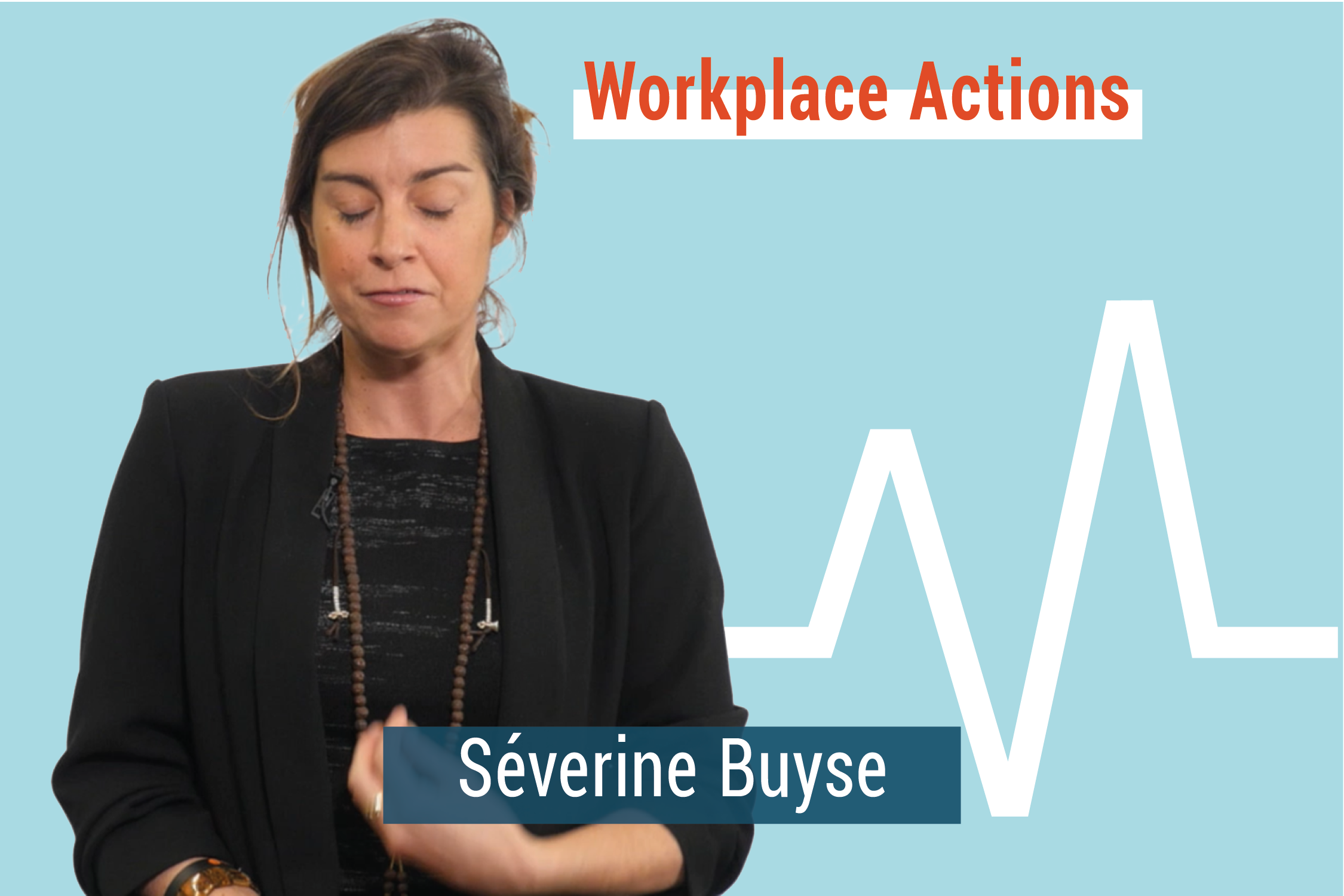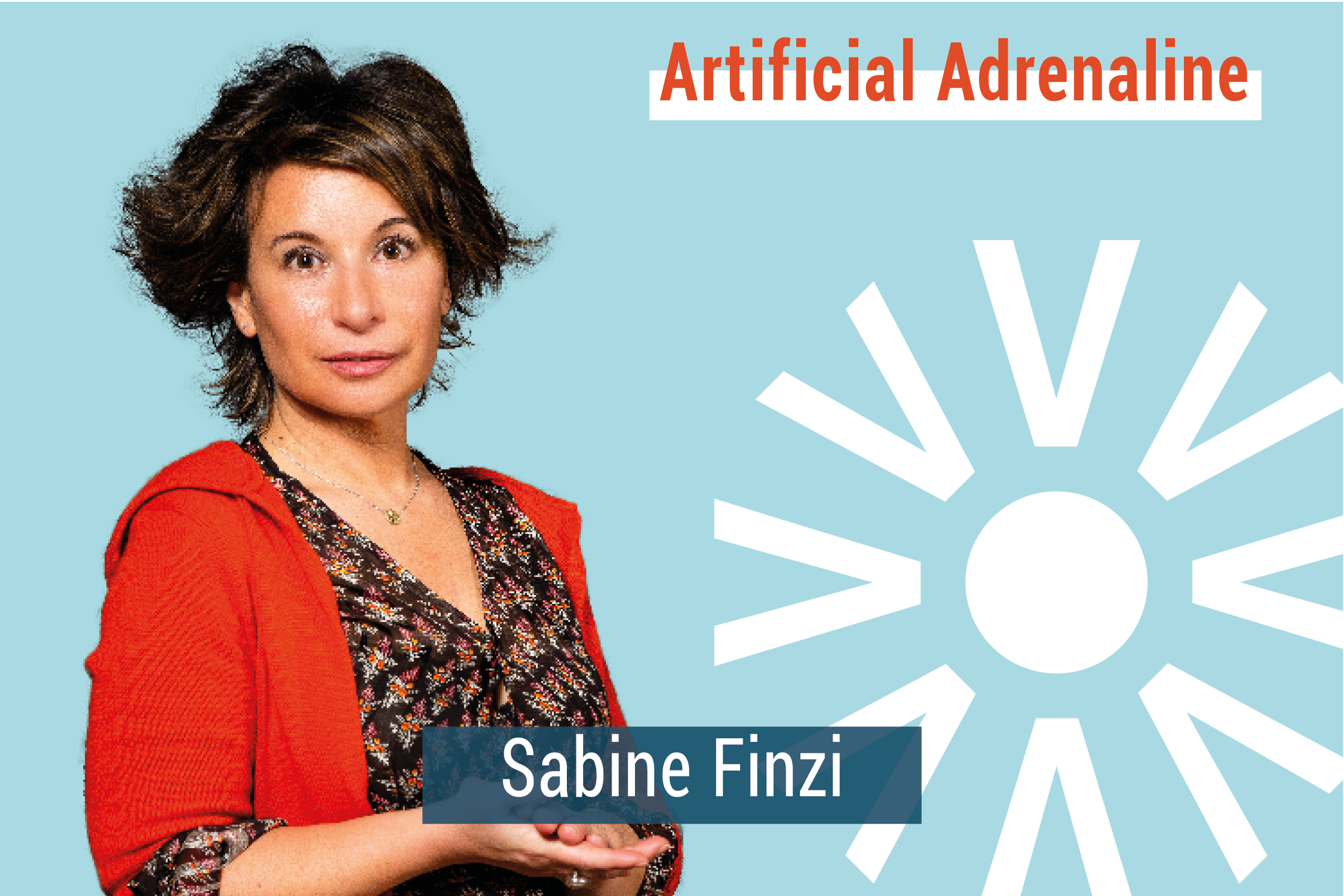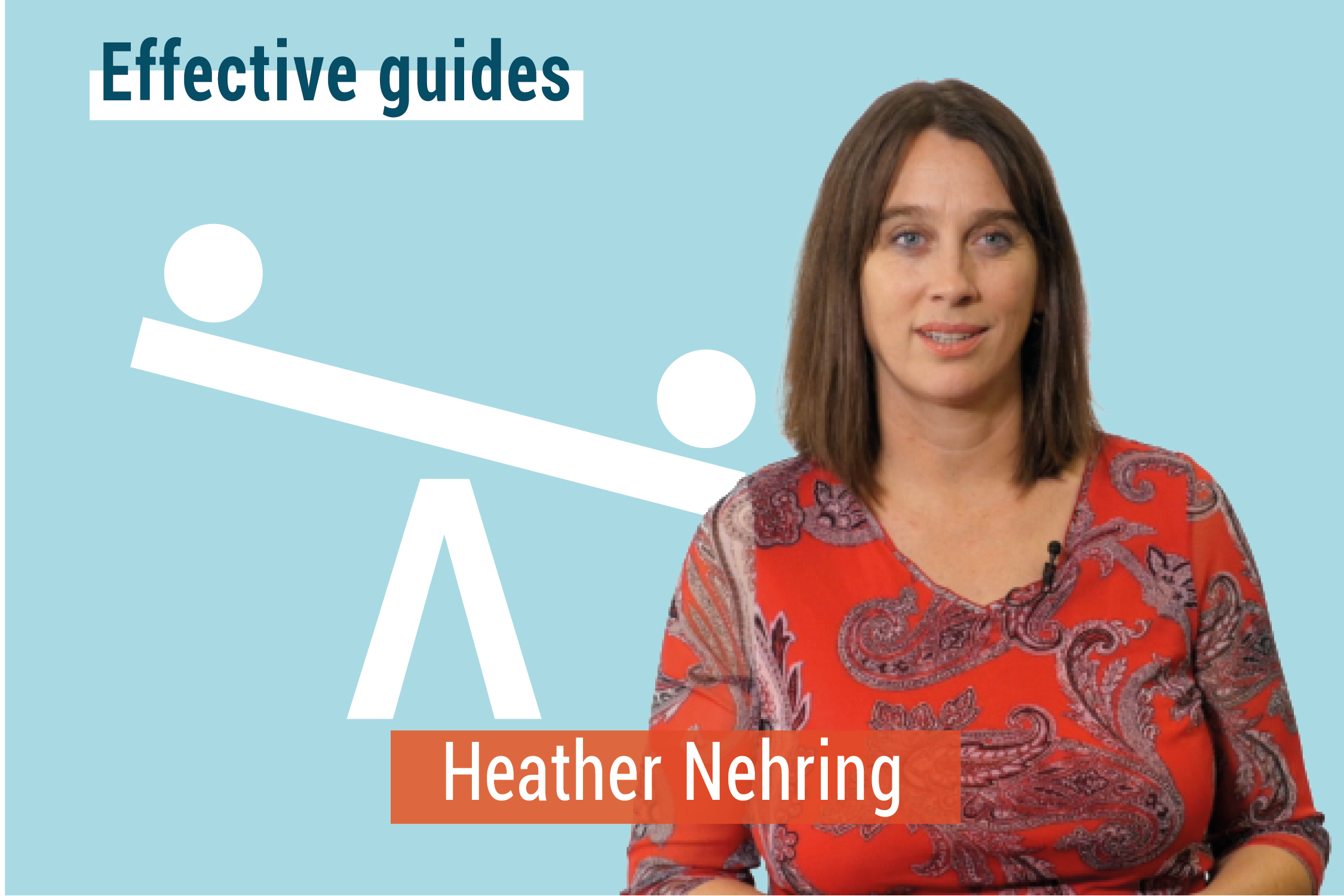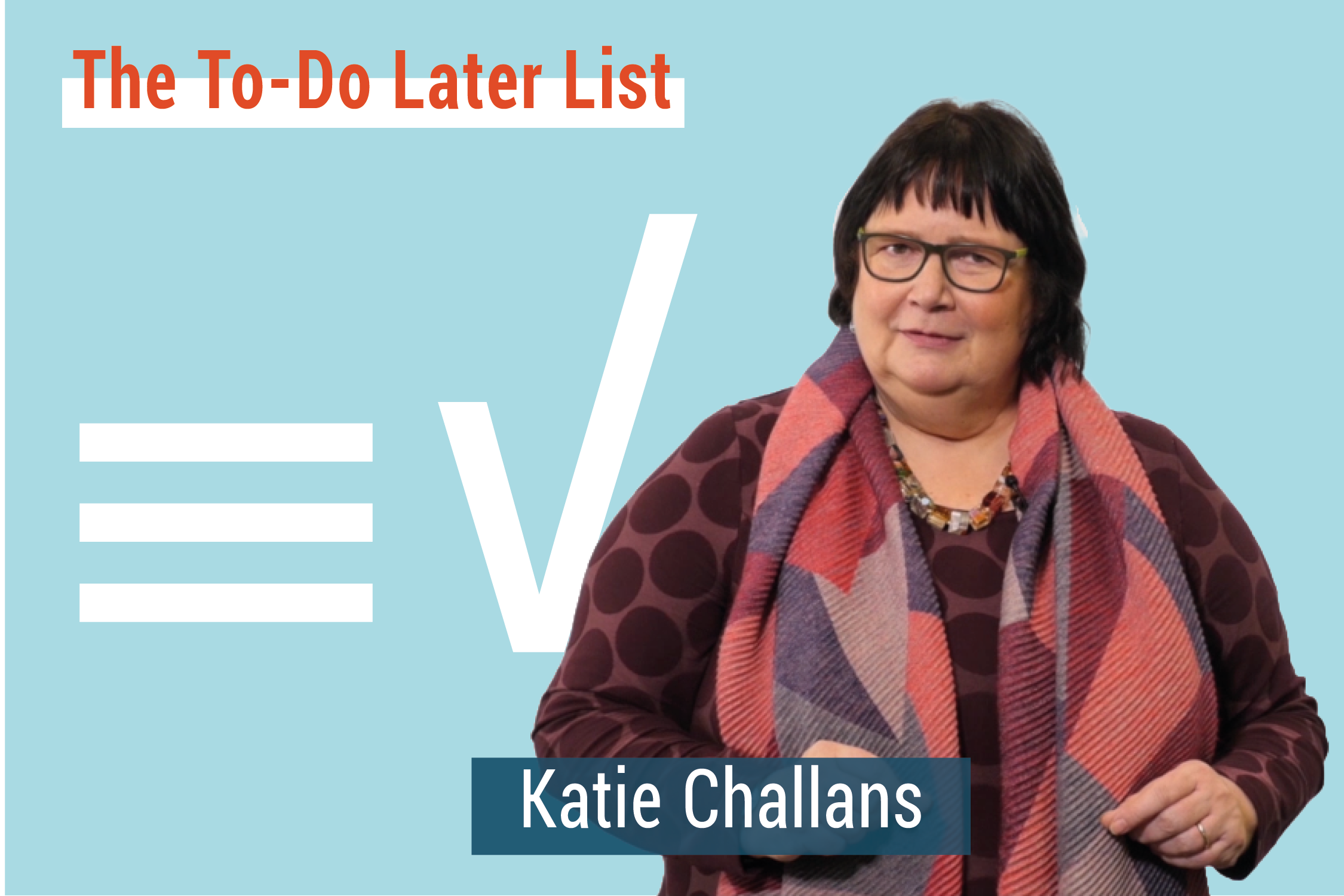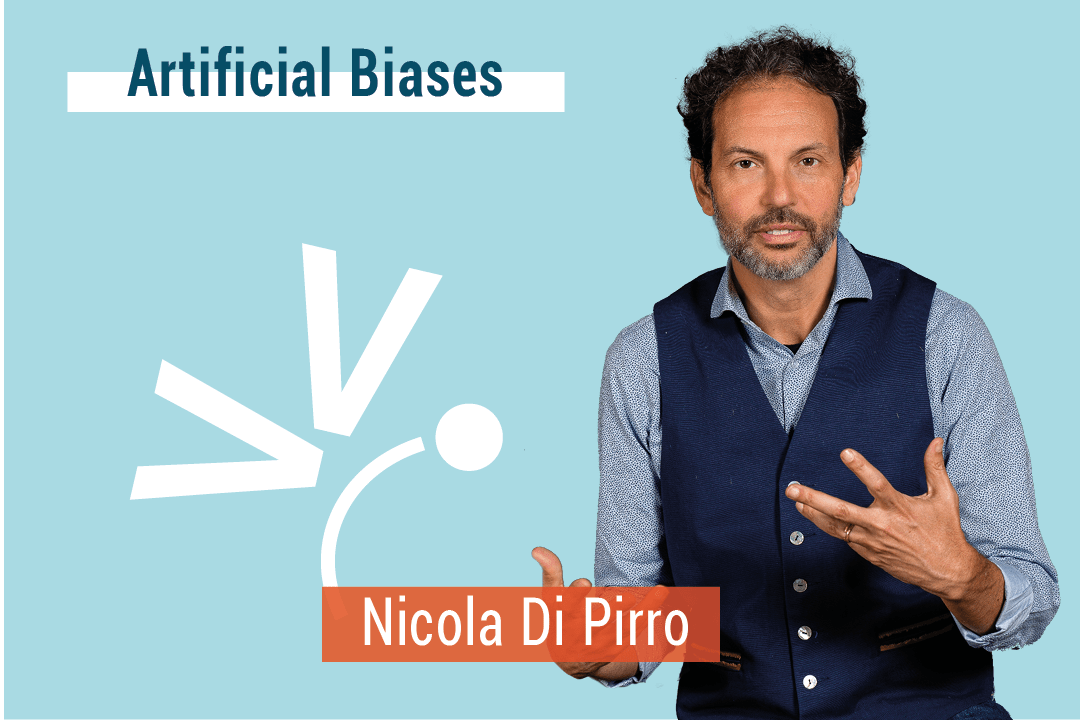
In today’s world the ability to explore different points of view and biases, as well as to be as informed and objective as humanly possible is becoming ever more essential. Conversely you do not want to lose your sense of self in what you say and what you write. There are several aspects you can consider when trying to achieve these aims while maintaining clearness of thought.
Firstly, it is important to be aware of your own innate and artificial biases. Where do you for example consume your daily intake of the news from? Might it be a good idea to look at different sources occasionally to shake things up and to broaden your horizon? Once you are aware of your biases you can also act upon them or do something about them.
It is also important to realise that the words you use, and encounter have specific meanings that might be slightly different from the way you interpret and use them. Doing some research into the etymology of words can be very helpful to clear and sharpen your mind.
Finally, it is important to realise that you are not the only one with biases: the rest of the world has them in large supply too. You can use the PQRST tool when analysing information that you receive from the outside. P and Q stand for Preview and Questioning: What is it that you already know or think you know about the author or a specific topic? The next step consists of actually Reading the text, followed by a critical reflection by means of a process of Summary and Testing. You could for example ask yourself the question if the text was as you expected it to be, and whether or not you learned anything from it.
Taking these aspects into consideration in your work and day-to-day life should help you to sharpen your mind and will allow you to be critical without losing yourself. How will you challenge yourself this week?
PQRST Tool
Preview, Questioning, Reading, Summary, Testing!
Who is Nicola?
Nicola Di Pirro is one of our key trainers at AIM & Associés, he provides training activities on the issues of relational skills in a multicultural context and organizational management. He delivers the Critical Thinking at the European School of Administration, as well as many intercultural competence building training courses for the European Institutions, agencies and bodies.
